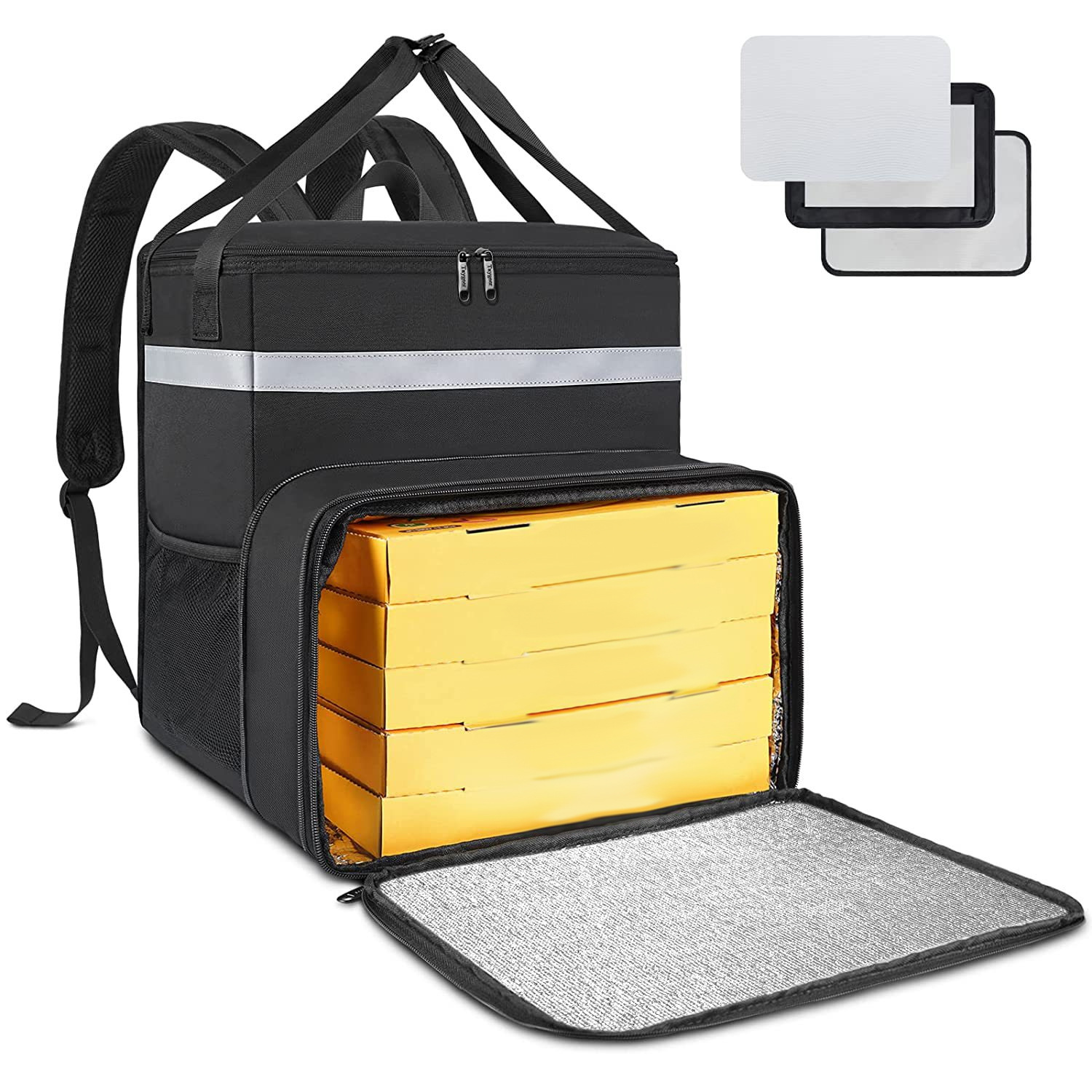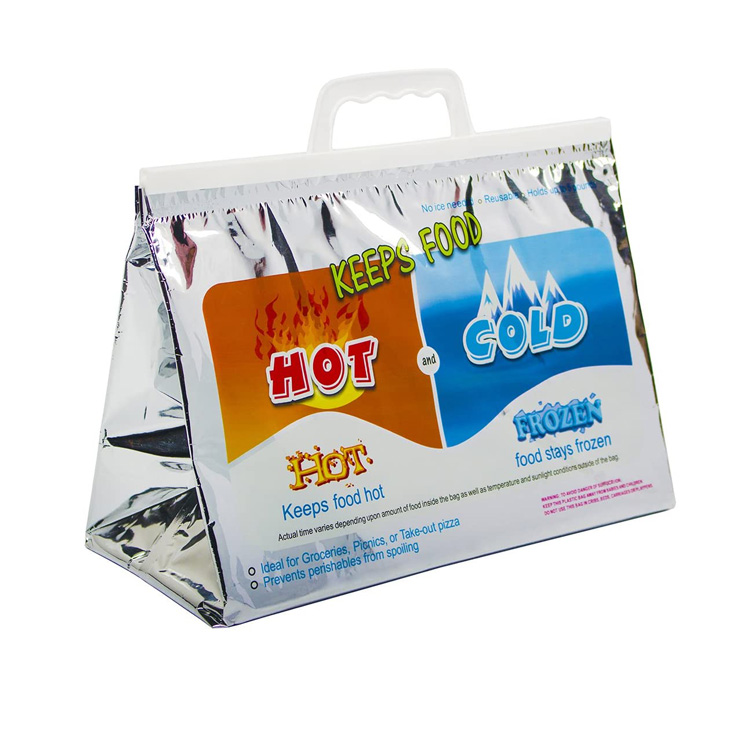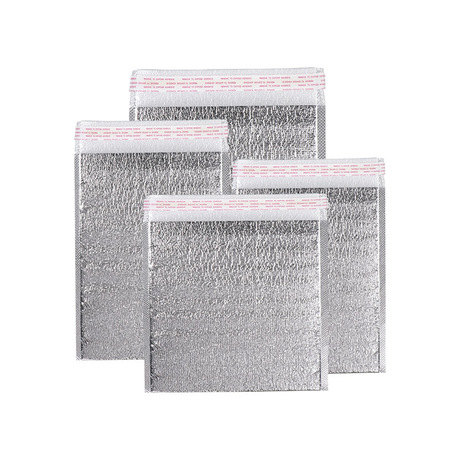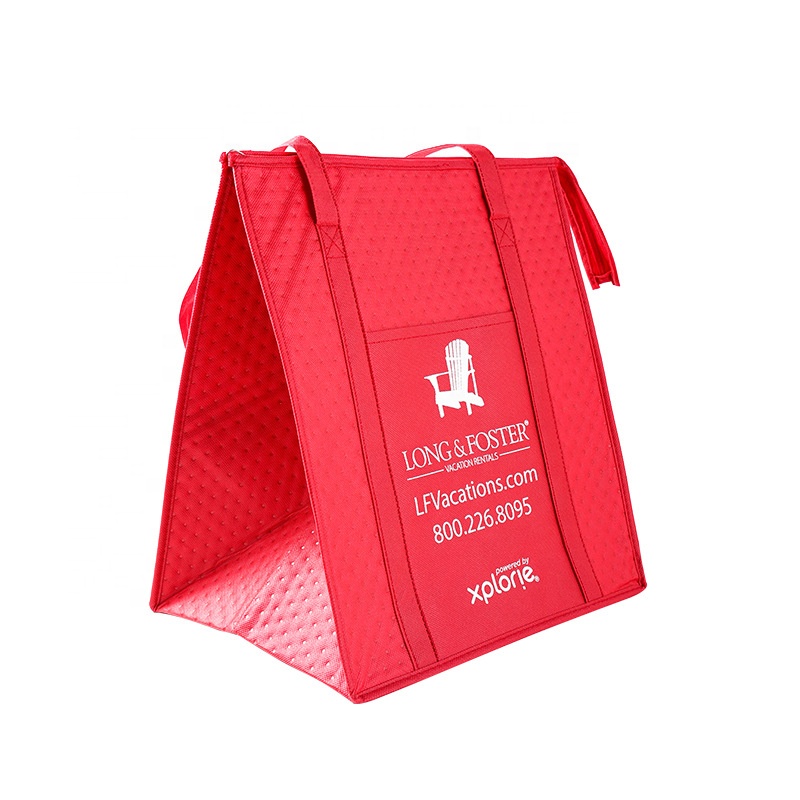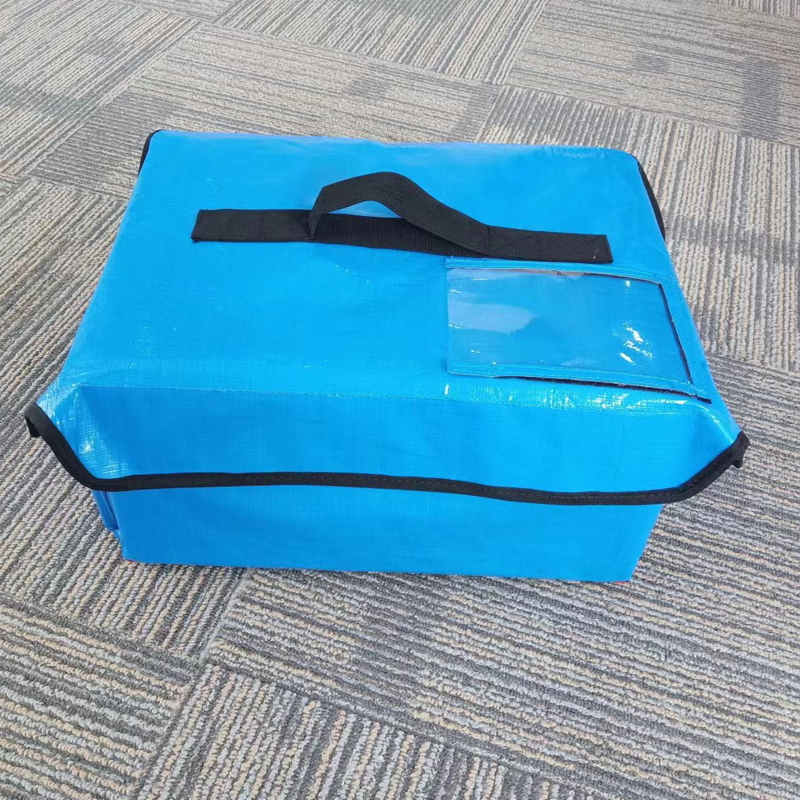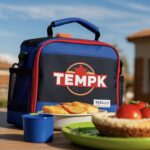In the era of rapid growth in food delivery and on-demand services, warm food delivery bags have become essential tools for maintaining food temperature and ensuring a positive customer experience. Whether you’re a large restaurant chain or an individual running a small delivery service, having a high-quality insulated bag is crucial for preserving the optimal taste of hot dishes. Below, we’ll explore the fundamentals, selection criteria, and practical tips to help you master the art of warm food delivery bags.
What Are Warm Food Delivery Bags?
Warm food delivery bags refer to insulated bags specifically designed to maintain meal temperatures. Made from highly efficient insulating materials—such as foam, aluminum foil linings, or polyester—they slow down the loss or gain of heat. This ensures hot food doesn’t cool too quickly and cold items don’t warm up during transport. Such long-lasting temperature control is particularly vital for commercial food delivery, restaurant-to-doorstep services, and long-distance transportation scenarios.
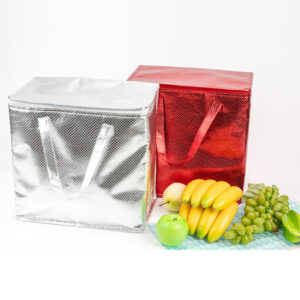
The Core Principles of Warm Food Delivery Bags
-
Insulating Materials
- Utilize foam insulation layers, aluminum foil linings, or other high-efficiency insulating fabrics to minimize heat conduction and radiation.
- Air pockets in the inner lining help prevent cold air or high heat from entering, mempertahankan suhu internal yang stabil.
-
Tight Sealing
- Features like zippers, Velcro fasteners, or drawstrings help block air flow and reduce rapid heat loss.
- A well-sealed bag also decreases the impact of external humidity and temperature fluctuations on the food.
-
Multi-Layer Construction
- Some premium warm food delivery bags use multiple material layers—e.g., busa + reflective film + nylon exterior—to further extend the duration of heat retention.
How to Choose a High-Quality Warm Food Delivery Bag?

-
Insulation Performance
- Check if the bag’s interior contains high-quality foam padding or an aluminum reflective layer.
- Look for the manufacturer’s stated heat-retention duration and opt for models that offer longer insulation times.
-
Size and Capacity
- Select the right size based on your business type or delivery needs:
- Small Bags: Ideal for single meals or small orders
- Large Bags: Can hold multiple meal boxes or larger items like pizzas
- Ensure there’s room for additional thermal elements (MISALNYA., heating packs or ice packs).
- Select the right size based on your business type or delivery needs:
-
Material and Durability
- Choose tear-resistant, tahan air outer fabrics to withstand frequent use and harsh weather.
- Reinforced stitching and sturdy zippers minimize the risk of damage.
-
Ease of Cleaning
- Since spills of soups or sauces are common during delivery, opt for wipe-clean or machine-washable materials, or bags with removable liners.
Efficient Tips for Using Warm Food Delivery Bags
-
Preheating or Precooling
- Hot Food Delivery: A few minutes before packing meals, place a heating brick or hot water bottle inside to warm up the bag’s interior.
- Cold or Chilled Delivery: Preload ice packs, or store the bag in a cold environment beforehand to enhance temperature control.
-
Proper Partitioning
- When delivering both hot and cold items, menggunakan dividers or separate compartments to prevent temperature interference.
- For items prone to crushing, arrange containers carefully inside the bag to avoid leaks or deformations.
-
Adding Thermal Elements
- For Hot Food: Pair with chemical heating packs atau electric heating pads for extended warmth.
- For Cold Food: Use ice packs or cooling gels to keep items fresh during long-distance deliveries.
-
Quick Opening and Closing
- Minimize the time the bag is open when placing or removing meals. Rapidly sealing the bag helps preserve internal temperatures.
Application Scenarios for Warm Food Delivery Bags
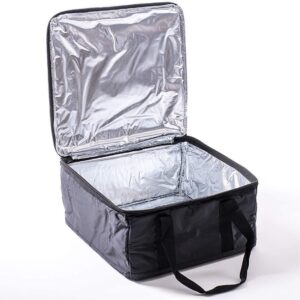
- Food Delivery and Catering: From fast-food chains to upscale restaurants, these bags help maintain dish quality.
- Long-Distance Food Transport: Ideal for cross-city deliveries or rideshare courier services to keep ingredients fresh.
- Exhibitions and Events: Useful for large-scale food provision, maintaining the freshness of hot or cold dishes.
- Personal and Family Gatherings: Perfect for carrying homemade meals or cold drinks outdoors, preventing spoilage.
Kesimpulan
For businesses aiming to enhance food service quality and increase customer satisfaction, warm food delivery bags are indispensable allies. From insulating materials to capacity selection and proper usage methods, every detail influences how perfectly a dish arrives at the customer’s door. Whether it’s restaurant takeout, long-haul food transport, or family picnics, choosing and using the right insulated bag can significantly boost both flavor and food safety.
If you want to stand out in the highly competitive delivery market, consider equipping your team—or yourself—with a high-performance warm food delivery bag. Not only will it keep your meals “freshly hot,” but it will also leave a stronger, more satisfying impression on your customers.







